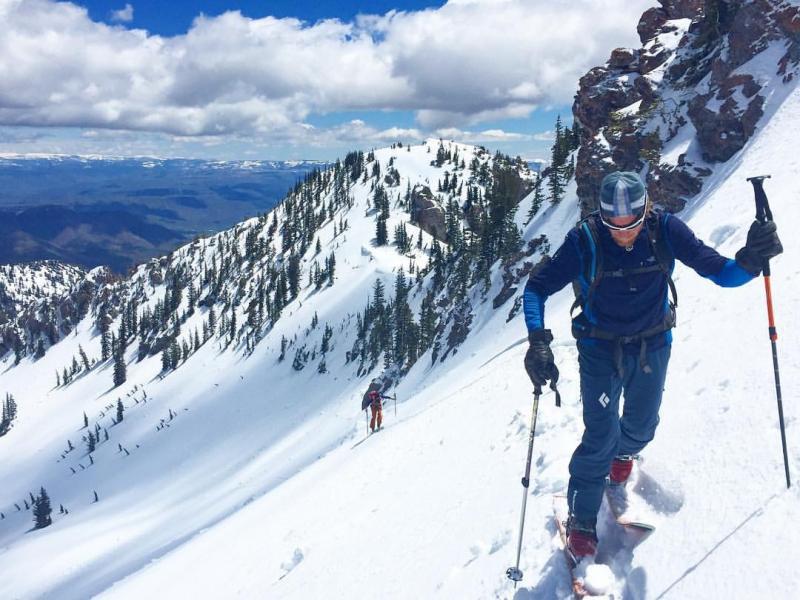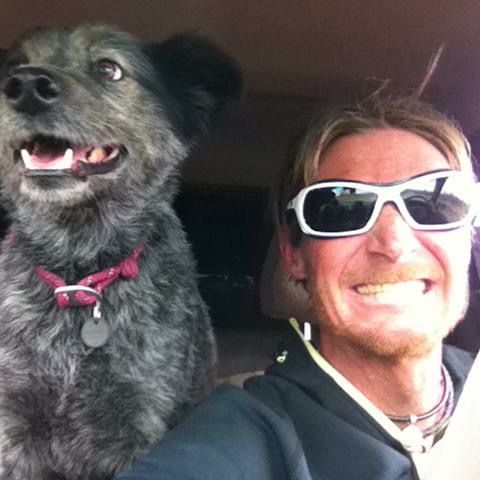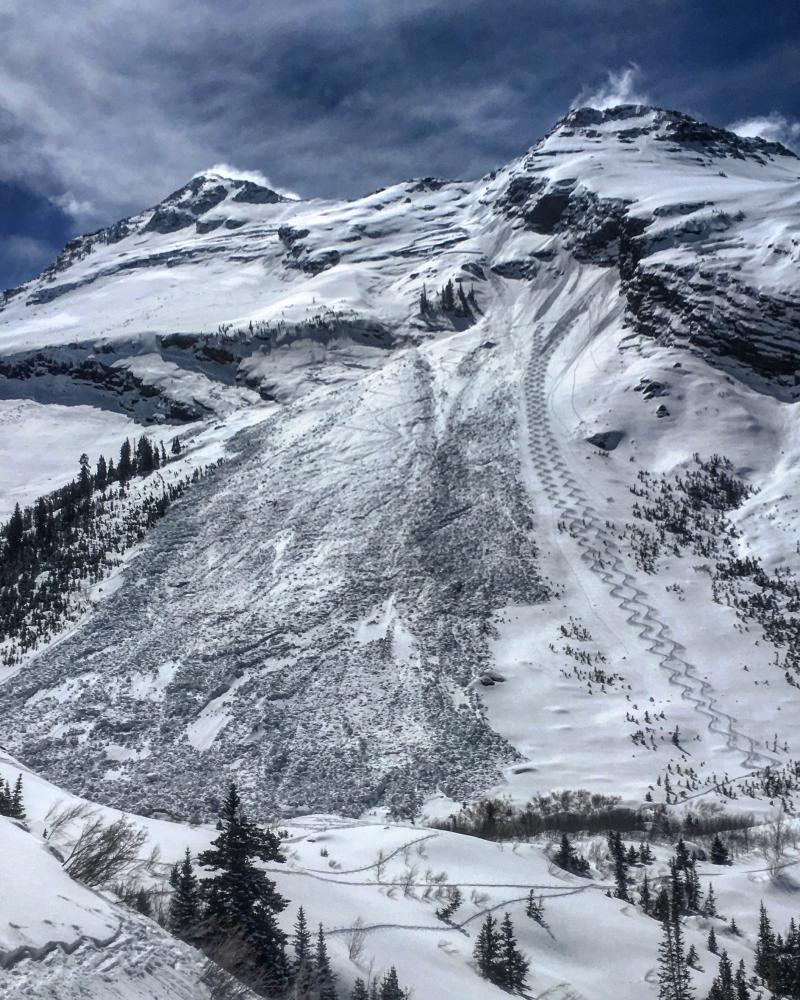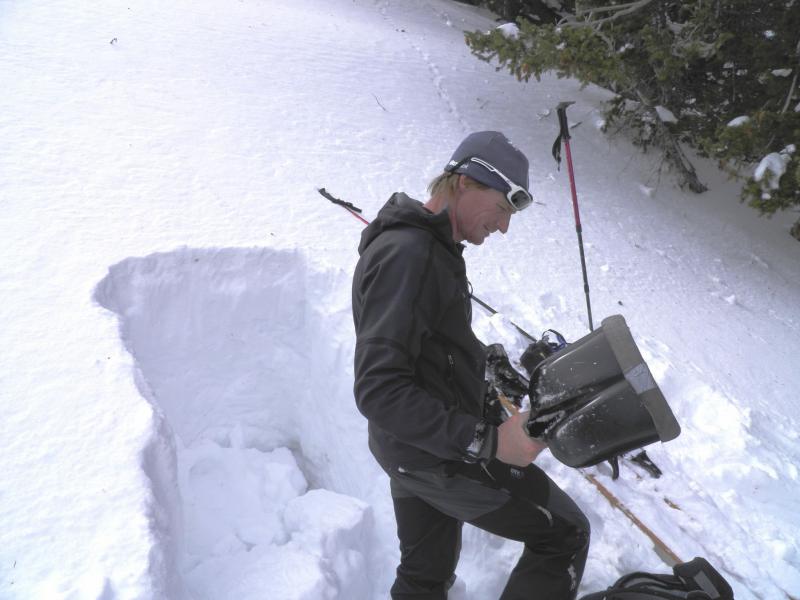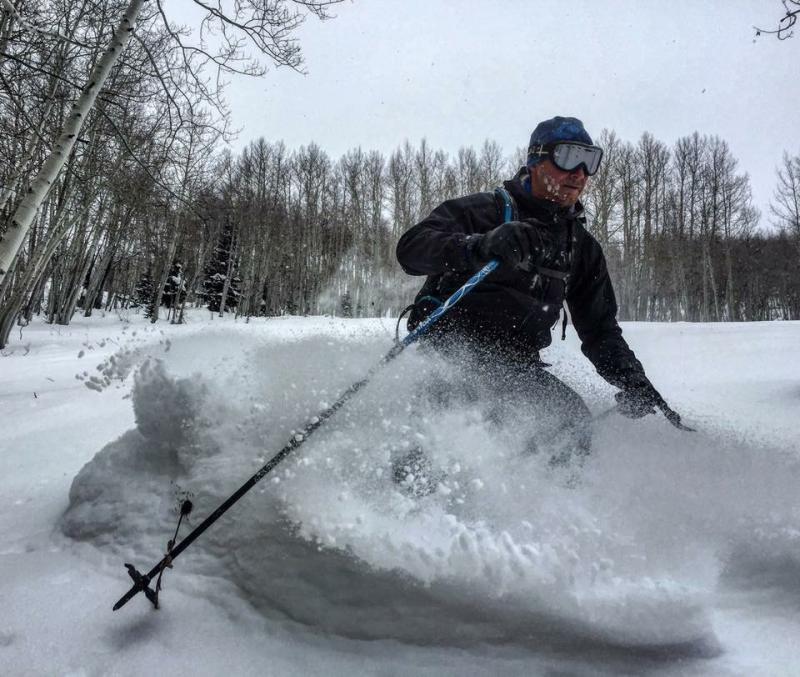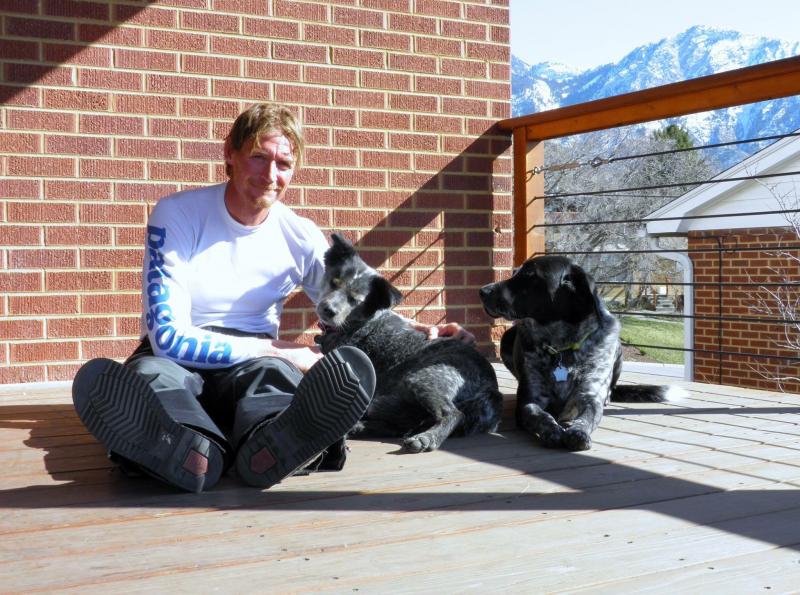In this podcast, we talk with long time Utah Avalanche Center proobserver Mark White.Mark grew up in the Wasatch Range and is oneof the last true self-described "ski bums".Mark works as a carpenter in the off seasonso he can ski the backcountry nearly every day in winter. He grew up ski racing, but now only wants to ski untracked faces (although sometimes an avalanche will beat him to the untracked powder).
Our conversation starts withthestory in 2002 when Mark and his girlfriend Marla rescued and recovered a lone and fully buried skier in a debris pile under the run now known as Hansen's near the Cardiac Ridge.Mark goes on to describe the intricacies of route selection and terrain management and the importance of having a mentor as one is getting into the game.We talk about why he seldom digs snowpits."If I was a weekend warrior, I wouldn't be able to have the feel for the snow,"he admits.Mark goes on to detail how important it is to very carefully follow the snowpack from early fall all the way through the winter.To know which slopes had early season snow.To know which slopes have avalanched during the season.To know how moving from southeast to northeast can make a world of difference.
Mark White takes beautiful and inspiring ski and avalanche photos and now has almost 10,000 followers on Instagram @spindrift65.In this age of social media, we discuss whether Mark feels he is "opening terrain" for people who might not be as savvy in terrain management and whether he perceives himself to be a role model for the younger generation.Lastly, we talk about the growing crowds in Wasangeles and discuss whetherthings are more or less contentious than they used to be. Mark comments on the state of the "backcountry community" in the Wasatch and it's noted that he took what was originally the "Heli-Free Wasatch" party and made it an inclusive backcountry party.He still hosts them each spring.
(Mark White photo from March 27, 2018. Someone, or rather something else beat him to first tracks. The Diving Board, Broads Fork of Big Cottonwood Canyon)


